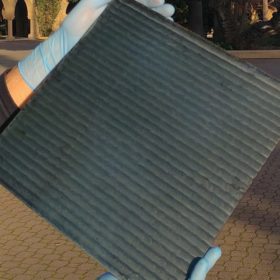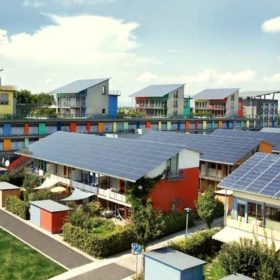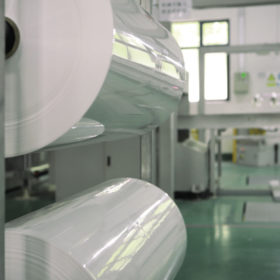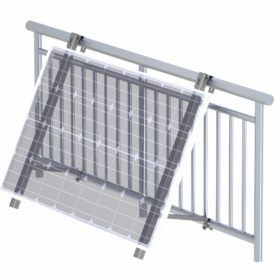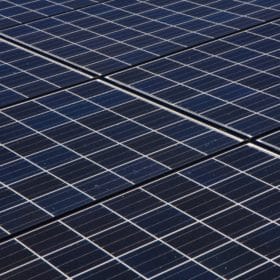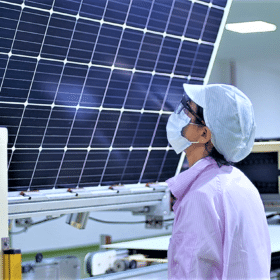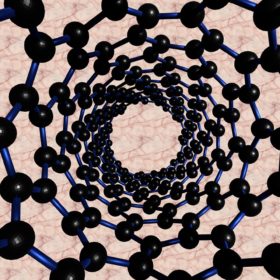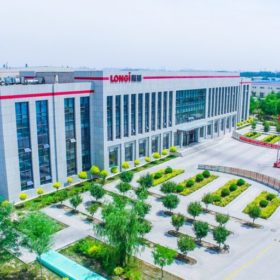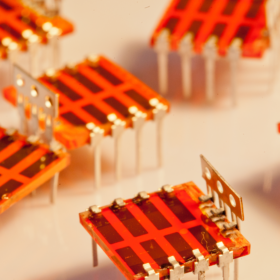New manufacturing process for 15.5% efficient perovskite solar panels
Stanford scientists have used a robotic device with two nozzles to quickly produce thin films of perovskite. With these films, they have manufactured perovskite cells and modules with efficiencies of 18% and 15.5%, respectively. According to them, this technique may enable the production of perovskite modules at a cost of around $0.25 per square foot.
India secures record-low solar tariff of $0.027/kWh
Solar Energy Corp. of India secured a bid of $0.027/kWh in a recent auction, which is 15% lower than Solarpack’s INR 2.36/kWh winning bid in a previous 2 GW procurement exercise.
Italy awards tariff of €0.11/kWh for shared electricity in energy communities
Energy communities in Italy will be awarded a special tariff for all shared power in renewable energy systems not exceeding 200 kW in size. Surplus power can be injected into the grid, but with no remuneration, which may encourage the members of these communities to resort to storage.
DSM unveils ‘all purpose’ polyolefin-based backsheet for PV panels
Dutch materials specialist DSM launched a new polyolefin-based backsheet that is claimed to have outstanding UV and abrasion resistance as well as good moisture barrier and hydrolysis resistance.
Mounting structure for balcony solar modules
Sino-Australian manufacturer Clenergy has unveiled a new mounting solution for PV panels installed in balconies. The structure is adjustable to different types of commonly-sized balconies with metal railings.
Online algorithm to estimate open-circuit voltage in PV systems
The new technique, proposed by researchers in Pakistan, is claimed to estimate the voltage, current and temperature of a PV system without interrupting the power flow to load.
Production begins at 500 MW Mexican solar panel fab
Mexican solar module manufacturer Solarever has switched on the production lines of its manufacturing facility in Tecomán, in the state of Colima.
Carbon nanotubes in search of a solar niche
A group of German scientists has analyzed the possible trajectory of carbon nanotubes (CNTs) in photovoltaic research and industry and has suggested a roadmap to bring this technology closer to mass production. Despite a large number of challenges, the academics predicted a brilliant future for CNTs in PV applications, explaining that the barriers to their adoption are constantly being reduced.
Longi releases statement on patent dispute with Hanwha Q-Cells
The Chinese photovoltaic manufacturer said the recent invalidation procedure for its patent at the Chinese Patent Office’s examination and invalidity department is only an administrative examination procedure that only examines whether or not the authorized Chinese patent complies with patent law requirements.
Indoor solar cells based on lead-free perovskite-inspired materials
Lead-free perovskite-inspired materials still provide efficiencies that are too low for solar cells in outdoor environments. A British-Chinese research team, however, has demonstrated they have strong potential for indoor PV devices due to their ability to capture visible light.
